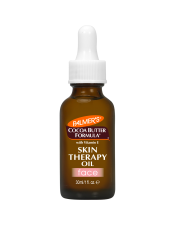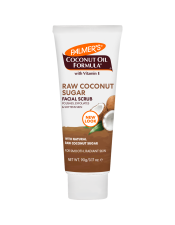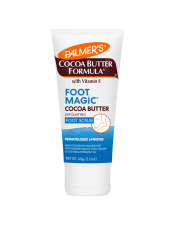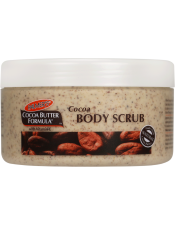
Tips to Reverse Sun-Damaged Skin & Sun Spots
Being out in the sun in the summer can quickly lead to changes in your skin and complexion - both planned and unplanned. Sun-damaged skin, including sun spots on skin, can be a sign that it's time to start taking additional steps to protect yourself, especially when unchecked exposure can lead to cancer.
The good news is that sun damage repair is possible, and some of the treatments you use to prevent sun damage can help in the repair pricess as well.
How Can You Tell if You Have Sun Damage?
You can tell if you have sun-damaged skin by just taking a look at yourself. It can take many forms on different parts of your body. Sun-damaged arms might look different than sun damage on your forehead or sun damage on your nose.
Some of the basics include:
- Sunburn, the easiest one to notice, is itchy and painful but gone after a while.
- Wrinkles begin to appear on your face.
- Blotchy or ruddy complexion is also very common.
- Loose skin is another common side-effect, and you can see that virtually everywhere if you do a lot of tanning.
- Age spots or sun spots on your face as brown spots, and on other parts of your body, are essentially extra-large freckles in appearance. You might even see sun-damaged skin with white spots as a result of depigmentation.
It's essential to remember that not all of these are signs of cancer, but issues like age spots or strange moles are important to keep an eye on and consult with your doctor. Know also that there are treatments for sun-damaged skin on your face and other parts of your body. Some are outpatient procedures, but there is plenty you can do at home.
What Is the Best Treatment for Sun-Damaged Skin?
There is no catch-all when it comes to sun-damaged skin, and most dermatologists will often approach sun damage with multiple treatments, and what is best for you overall might not be the same for someone else.
It's important to speak to your doctor if you would like to discuss prescription options or outpatient procedures, but there are several steps you can take at home to treat yourself, help prevent further damage, and even reverse sun damage you already have.

Can You Reverse Sun-Damaged Skin?
You may have questions that run in similar circles. Can coconut oil reverse sun damage? Is there a sun-damaged skin treatment cream that can make my skin like it was?
The good news is, reversing sun damage is mainly possible with the right treatments and a lot of what you can do to protect your skin from further damage also helps.
- Wear sunscreen. Use SPF 15, and use it daily. This is the most important step you can take in preventing further sun damage, but it can also play a significant role in reversing the process and helping you heal. Stopping additional exposure to the sun means your body is given time to heal, and your immune system can work on repairing the damage you already have.
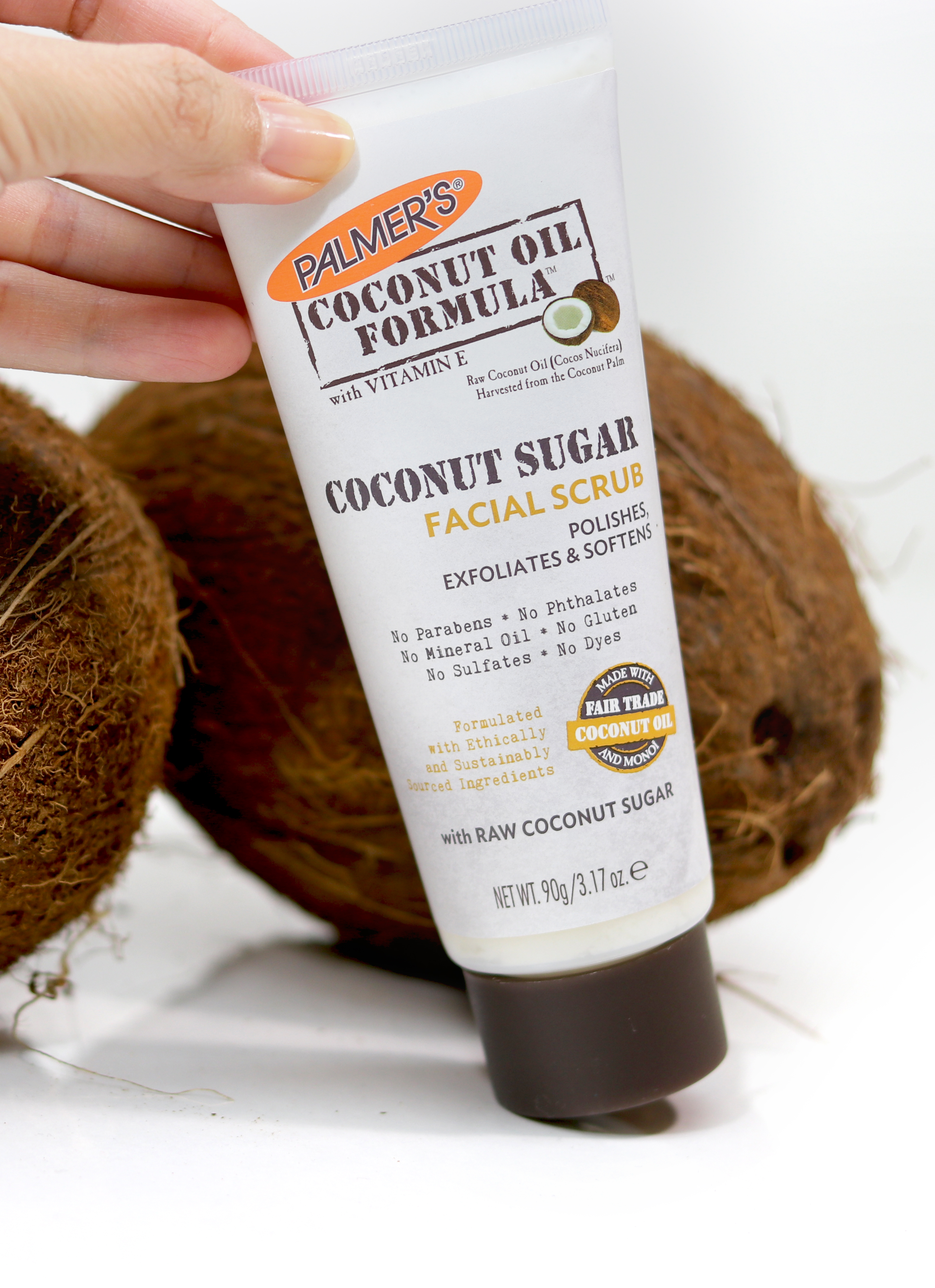
- Exfoliate your skin. This can be especially helpful anywhere on your body, whether you're battling sun-damaged skin on your arms, face, or anywhere else. Dead skin, topical tanning treatments, and more can build up and make your skin blotchy and uneven. It's also going to block moisturizers and other treatments if not taken care of. Use a facial scrub or a body scrub to get rid of that and let the new skin underneath breathe.
- Hydrate yourself. Drink more water every day, and use face and body lotions to add additional moisture and protection.
- Use dark spot correcting products to fade unwanted discoloration such as sun spots on your skin and keep your skin tone even. Hydroquinone, like in the Skin Success Fade Cream, will you give you the quickest, most effective results but ingredients like Niacinamide and Vitamin C will give you a similar result just not as rapidly - try the GLOW White Lily Face Cream.
- Use retinols and retinoids for fine lines and wrinkles. Retinol and retinoid-containing products, like the Skin Therapy Oil Face Oil, also typically improve sunspots, too.
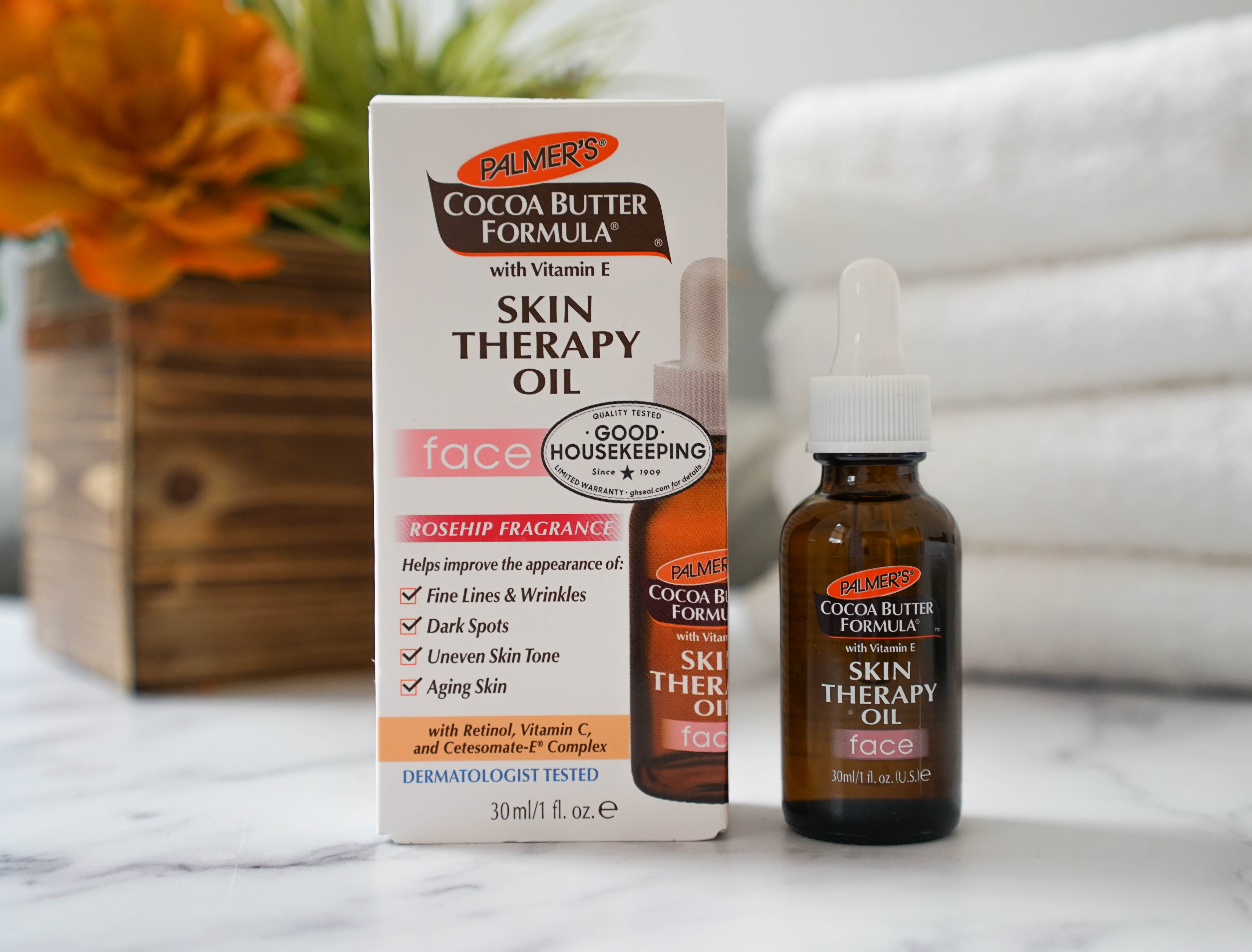
There is no better time than now to care for sun-damaged skin or even prevent it. Stop unsightly sun spots on your skin from forming, and take steps to fade and treat them when they do gently. Stay hydrated, and stay protected, not just to stop new damage, but to give sun damage time to heal. Also, remember to consult with your doctor if you believe you may need stronger treatments.
Prevention is the best first step to take if you want to reverse sun damageand its effects. Try Palmer’s products for healthier-looking skin.



